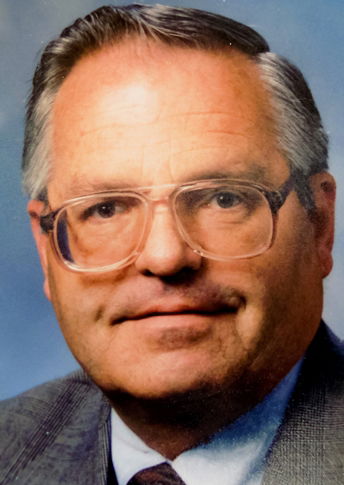FDA's Total Product Life Cycle Approach to In Vitro Diagnostic Products (IVD's)
Faculty: John E. Lincoln | Code: MD1656
- Date:2/11/2025 11:00 AM - 2/11/2025 12:30 PM
- Time zone: Eastern Time (US/Canada) Online Event
Description
The FDA IVD teams review Investigational Device Exemptions, premarket submissions, and adverse event reports, among other things. They also provide initial support for questions related to regulatory programs in response to requests from medical device and health technology industries, trade associations, and other Federal agencies, other countries, State agencies, and the general public. They advise, coordinate, and provide consultation to Agency officials on office programs and policies concerning premarket review, compliance, and quality, and post-market surveillance activities. They also participate in the development of national and international consensus standards, and voluntary guidelines.
The changes to IVD LDT's in the LVT final rule amends the FDA's regulations to make explicit that IVDs are devices under the FD&C Act, including when the manufacturer of the IVD is a laboratory. This amendment is not specific to certain types of LDTs, but rather relates to all IVDs manufactured by laboratories. In addition, the preamble to the LDT final rule describes a tailored phaseout policy under which the FDA will provide greater oversight of IVDs offered as LDTs through a phaseout of its general enforcement discretion approach for LDTs over the course of four years. However, FDA expects compliance with other device requirements for IVDs falling within these policies.
WHY YOU SHOULD ATTEND:
The FDA’s Total Product Life Cycle, or TPLC, approach to the oversight of in vitro diagnostic products or IVDs was discussed by the FDA in October 2024. The FDA’s TPLC approach allows the FDA to review and monitor medical devices throughout their life cycle by taking into account all available information on safety and effectiveness.
This webinar will cover the FDA’s total product life cycle approach and FDA’s roles and responsibilities in regulating in vitro diagnostic devices throughout their lifecycle. Teams are responsible for overseeing regulatory requirements across the TPLC. Combining oversight of premarket and post-market activities together in the same team within CDRH helps ensure that FDA has a full picture of the device, to leverage knowledge of premarket data to inform post-market oversight and compliance decisions, to make better informed premarket decisions. This helps FDA respond to safety issues in a timely manner. It helps FDA support company's agile innovation of novel IVDs. The webinar will describe the organizational units within FDA that are responsible for regulating IVDs. And it will reemphasize the FDA's recent decision to greatly reduce the Lab Developed Tests "loophole". Many regulatory activities relating to IVDs are overseen by review divisions and operational divisions: Each division has a team of personnel who are responsible for the TPLC oversight of devices in their area, and who evaluate the science behind medical devices over their lifecycle to ensure they are safe and effective for use.
AREAS COVERED:
- IVD Definitions
- Total Product Life Cycle (TPLC) approach to IVD's
- Key points from 2024's FDA presentation on IVD's
- Lab Developed Test IVD's - The LDT final rule
- LDT's are IVD's
- The FDA's various enforcement options with LDT's
Who Should Attend:
- Quality Assurance Departments
- Quality Control Departments
- Research and Development Departments
- Regulatory Affairs Departments
- Manufacturing Departments
- Engineering Departments
- Operations Departments
- Production Departments
- Validation Departments
- Marketing Departments
- Documentation Departments
Course Director: JOHN E. LINCOLN
 | John E. Lincoln, is Principal of J. E. Lincoln and Associates LLC, a consulting company with over 36 years experience in U.S. FDA-regulated industries, 22 of which are as an independent consultant. John has worked with companies from start-up to Fortune 100, in the U.S., Mexico, Canada, France, Germany, Sweden, China and Taiwan. He specializes in quality assurance, regulatory affairs, QMS problem remediation and FDA responses, new / changed product 510(k)s, process / product / equipment QMS and software validations, ISO 14971 product risk management files / reports, Design Control / Design History Files, Technical Files, CAPA systems and analysis. He’s held positions in Manufacturing Engineering, QA, QAE, Regulatory Affairs, to the level of Director and VP (R&D). In addition, John has prior experience in military, government, electronics, and aerospace. He has published numerous articles in peer reviewed journals, conducted workshops and webinars worldwide on CAPA, 510(k)s, risk analysis / management, FDA / GMP audits, validation, root cause analysis, and others. He writes a recurring column for the Journal of Validation Technology. John is a graduate of UCLA. |